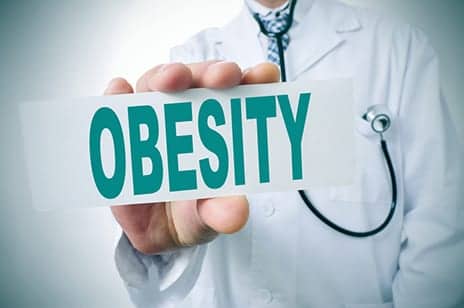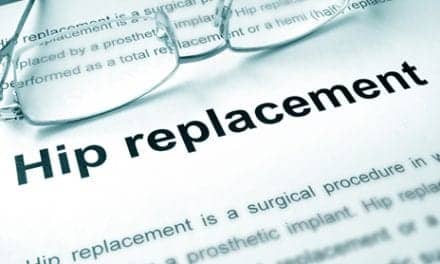Older adults who gain weight may increase their risk for muscle weakness and falls. Therefore, it is important to identify people at risk for falls related to obesity and muscle weakness so that healthcare providers can offer appropriate solutions, researchers suggest.
Sarcopenic obesity, which refers to adults with obesity who also experience loss of muscle strength as the result of aging, is linked to a decline in one’s ability to function physically and to an increased risk of fractures, according to a study published in the Journal of the American Geriatrics Society.
In the study, researchers reviewed information from the Women’s Health Initiative (WHI). This included health information—such as weight, muscle mass, and experiences with falls—from more than 160,000 women aged 50 to 79 who were followed for more than 15 years. The team then narrowed it down and looked at results for 11,020 postmenopausal women.
Among the study participants, postmenopausal Hispanic/Latina women had the highest risk of falls related to sarcopenic obesity, the researchers conclude, in a media release from the American Geriatrics Society. They also noted that postmenopausal women younger than 65 were at a higher risk for falls connected to sarcopenic obesity.
As we age, many older adults will be at high risk for falls as obesity and muscle weakness also increase. Efforts to learn more about how women’s bodies change after menopause could help healthcare professionals design potential solutions, the researchers suggest.
[Source(s): American Geriatrics Society, Science Daily]





